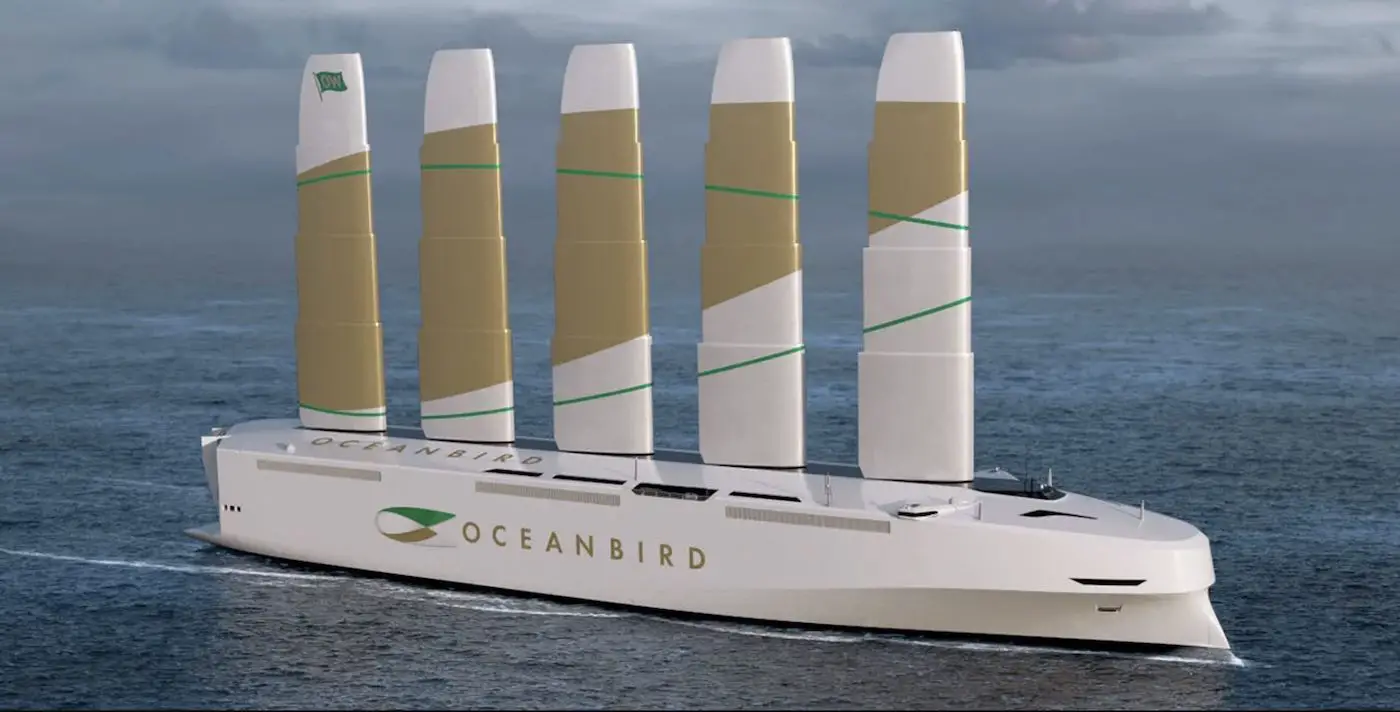Cargo Ships Powered By Wind Could Cut Emissions By A Huge 90%
Tags: opinion

A Swedish company has developed a wind powered cargo ship prototype which has the potential to massively reduce global greenhouse emissions.
While the automobile industry is rapidly evolving to become less reliant on fossil fuel, commercial aviation as well as cargo shipping are lagging behind.
According to a report, commercial shipping contributes to close to three percent of annual greenhouse emissions.
So it’s clear to see why wind powered cargo ships could be such a game changer.
The prototype has been developed by a company called Wallenius Marine. They have been working in collaboration with the Royal Institute of Technology and SSPA, a naval technology company. The Swedish Transport Administration are assisting as a co-financier.
Although the prototype is still in the design phase, its hoped that orders can be taken from 2021 and that the final product will be available in 2024.
So how will the technology work?
As Wallenius Marine state on their website, “The future started long ago.”
“Thousands of years have passed since we learnt to harness the wind so that ocean-going vessels could travel faster and further,” the statement continues. “The wind helped us discover our planet – now it can help us preserve it. Innovative Swedish technology will make it possible to power the largest ocean-going vessels by wind, reducing emissions by 90 percent.”
Hey, are you on Instagram? Check out the official Truth Theory Instagram page HERE, we upload new content every day.
The wind power will be generated from five huge sails on board the ship, which has been called The Oceanbird.
These sails look like plane wings and will rise vertically from the deck, 80 meters upwards.
Mathematical algorithms will be used to adjust the sail placements in order to achieve maximum speeds. With these ongoing adjustments, a 200 meter long and 40 meter wide cargo vessel will be able to cross the Atlantic ocean in 12 days. This is while carrying up to 7,000 cars – it’s forecast to travel at 10 nautical miles per hour.
Currently these journeys take eight days, but shipping companies have to pay a high premium for the heavy carbon footprint.
When it comes to docking at harbors, a clean fuel system together with an auxiliary engine will be used.
It’s possible that the wind powered ships could also eventually be implemented in the Cruise ship industry.
Read more: Paramedics Are Testing Out Jetpacks For Those Super Challenging Rescues
Image Featured: Oceanbird

Leave Comment: